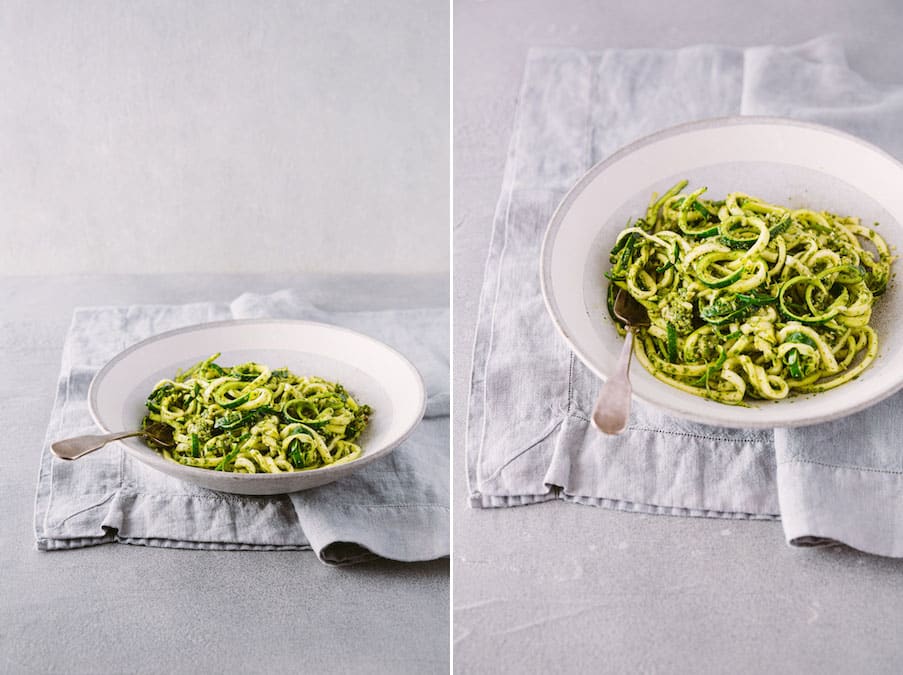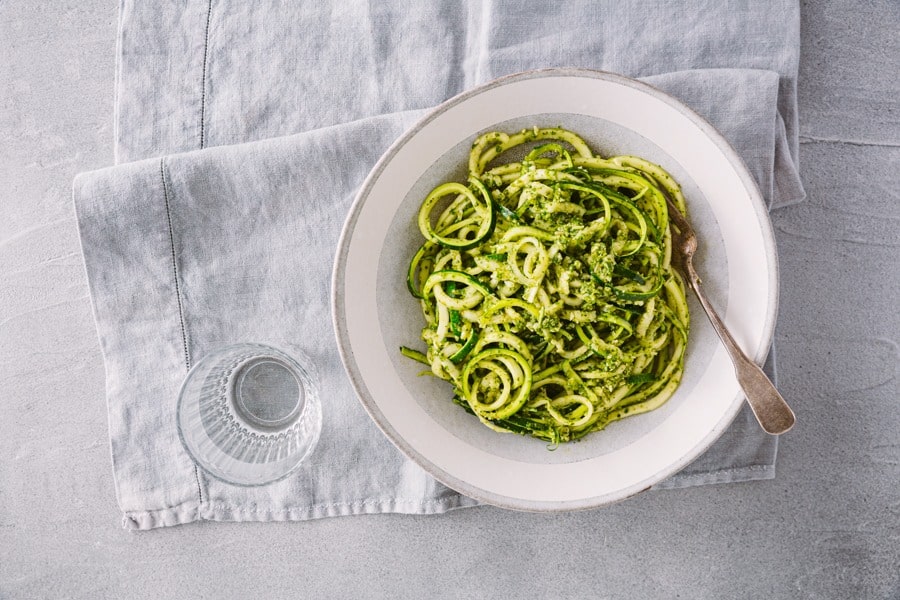
Pricing your photography services is a complex topic. It’s more than can be addressed in a blog post or two. When I mentor photographers who are trying to break into the field of food photography, we spend a lot of time on pricing. I don’t have all the answers. I don’t know exactly what every single person should charge in their market. It’s influenced by so many factors, such as the scope of the project and skill set of the photographer, as well as the needs of the client.
What I do know is that a lot of photographers are not charging appropriately for their services. When photographers do this, the whole industry suffers.
It’s not that anyone does this on purpose. Charging too little stems from fear and ignorance. I mean ignorance in the way of not knowing.
When I started out in the field, I hired a photography coach who told me what I should be charging and I followed his advice. It really helped, but it still took me a long time to figure out the intricacies, and to understand the usage side of image licensing. I still made a lot of mistakes. I charged too low at times because I was afraid I wouldn’t get the job, and I needed the money. This is a common problem, and often the root of why photographers can end up charging too little.
With the advent of digital cameras and photography-based social media channels, the photographic industry has become the Wild West. The barrier to entry is low and the market saturated. It’s a lot easier to become a photographer these days, and there is a wide variety in the quality of imagery out there.

There are basically two types of clients in the food photography world: the one that wants an image library out of a shoot (often at a low price) and the client that needs just a few top-tier images, usually for brand packaging or some sort of advertising campaign.
Most of your clients will fall in the former category, especially in the first few years of your business.
But here’s the rub: when it comes to food photography, you can have quantity or quality, but not usually both.
Good food photography takes time. It takes time to set-up and compose, shop for the food and prepare it, tweak your lighting and your compositions until they work.
When I work on editorial and commercial projects, four or five final shots in a day is typical. The image on the cover of your favorite foodie magazine took a whole team to produce.
So when a clients comes to you and expects sixty shots for their Instagram feed for $500, we have a problem. The more images you need to deliver, the more the quality goes down.

Before you start quoting prices, you need to be very clear on what you can and can’t deliver. When speaking with a potential client, ask them what they’re responding to in your portfolio. Presumably, they are contacting you because they liked your style and thought it would fit their brand. If they want for forty images of their bakery items that are similar to pictures on your site that you took your hours to shoot and style, then you need to be clear that you can’t deliver the same results within those parameters and explain why.
Always try to negotiate on the deliverables if the budget is too low or the request for number of images is too high. Clients often don’t need as many images as they think they do. Also, once you quote a price you don’t want to lower it. It won’t reflect well on you.
Once you’ve determined exactly what you’ll be shooting and the number of images that’ll be required, it’ll be a lot easier to price your services. Just be warned that you might have a lot of clients ghost you because they just want numbers and are not interested in having a discussion about it. This is nothing to get upset about, because they’re just price shopping, and if they can’t be bothered to give you the information you need to make a proper quote, then guaranteed there’ll be problems in producing the shoot. In my experience, the money won’t be worth the headache.
19


